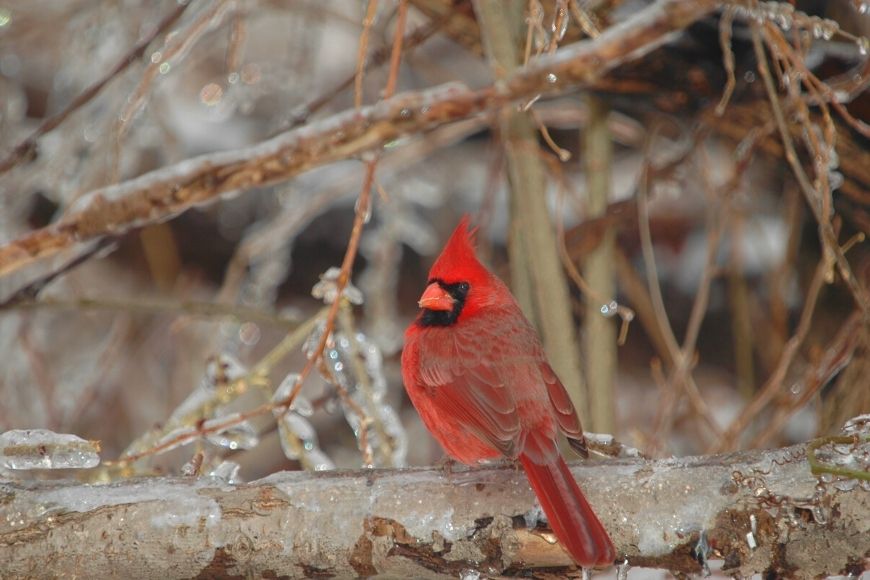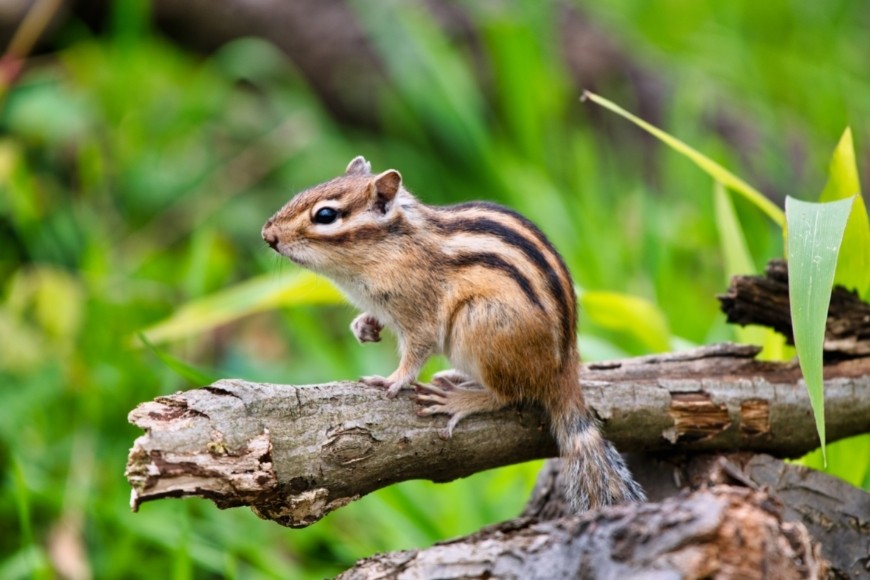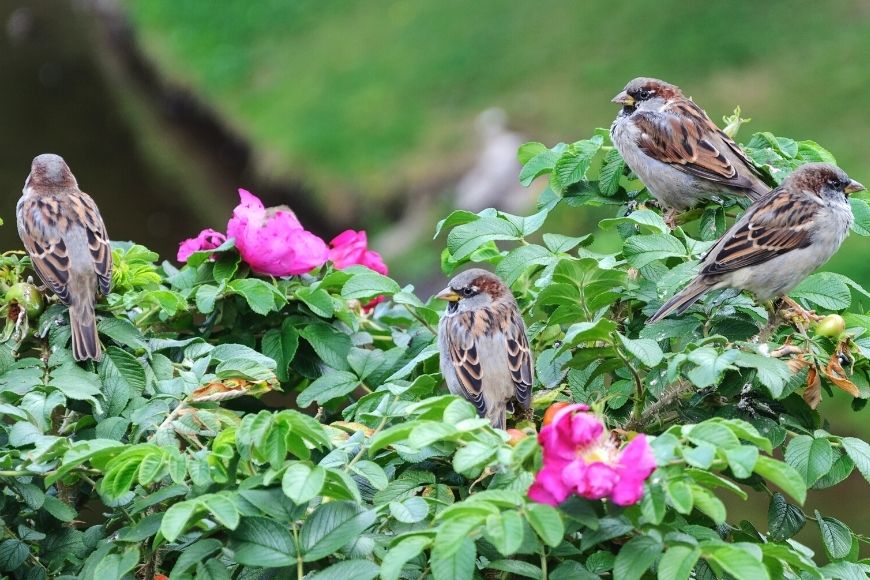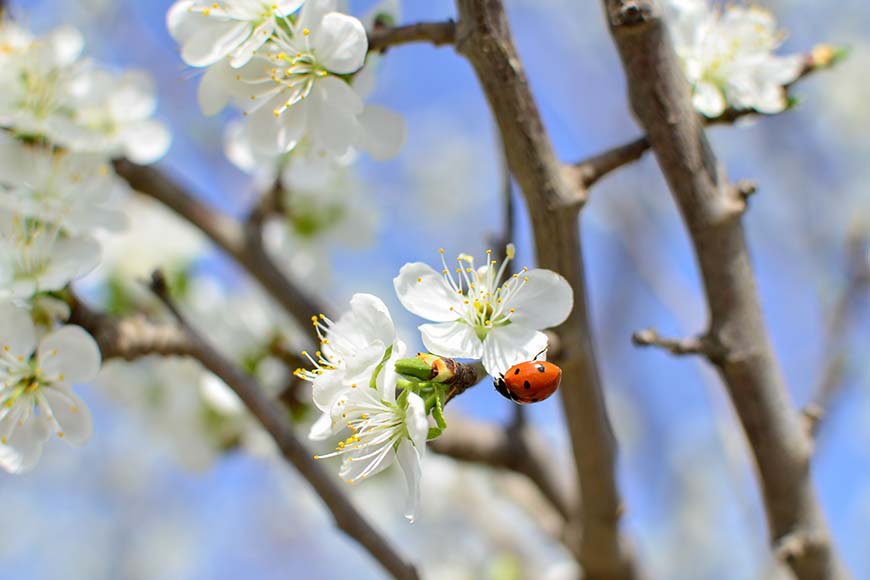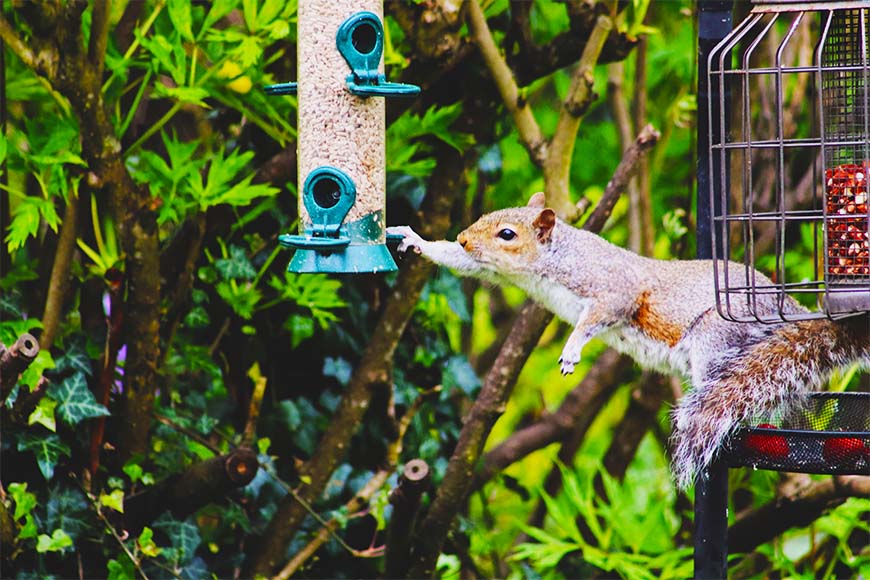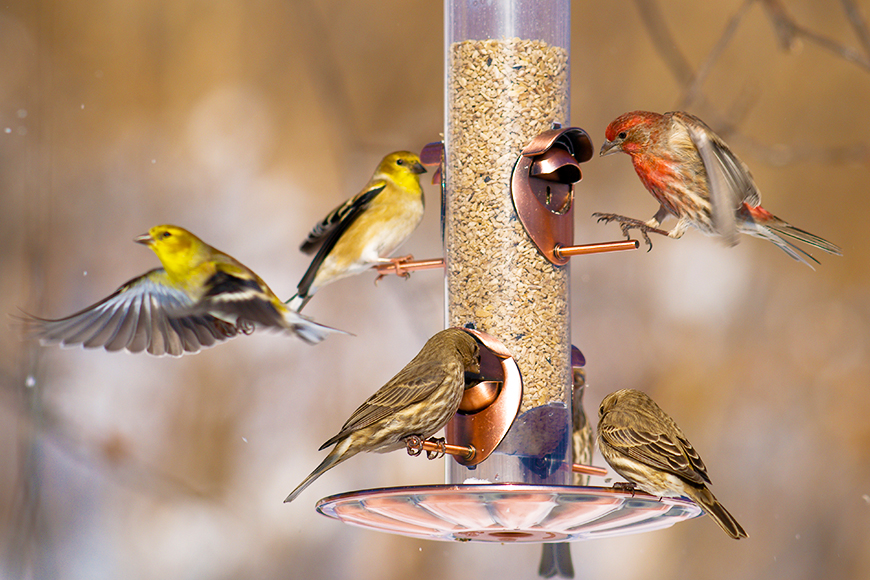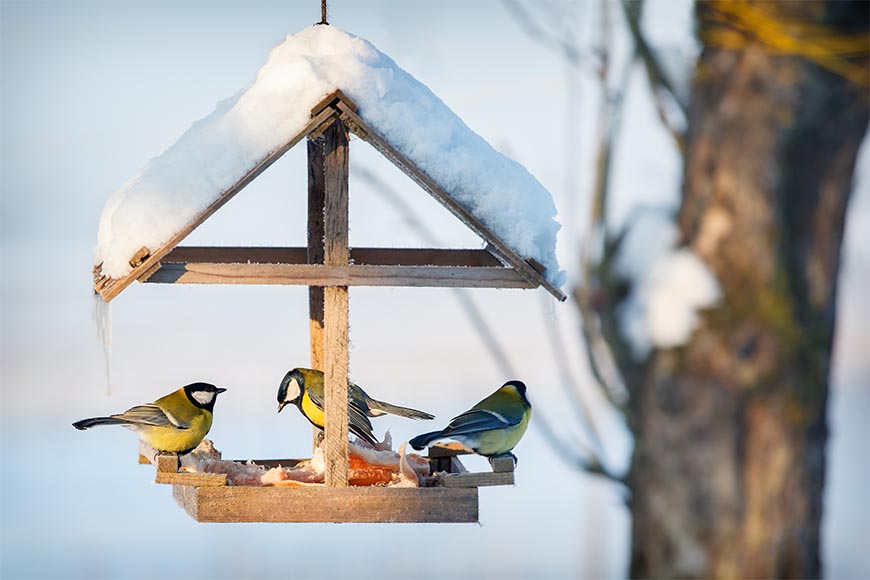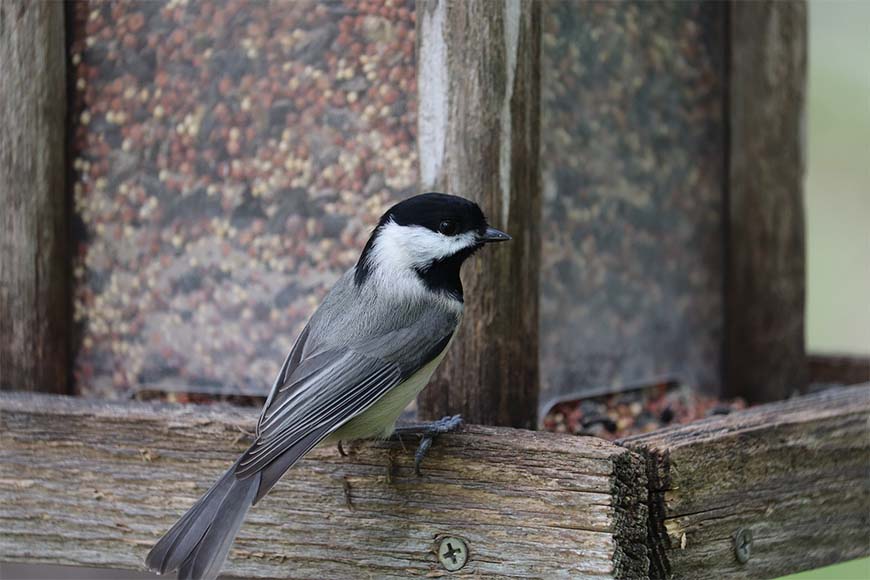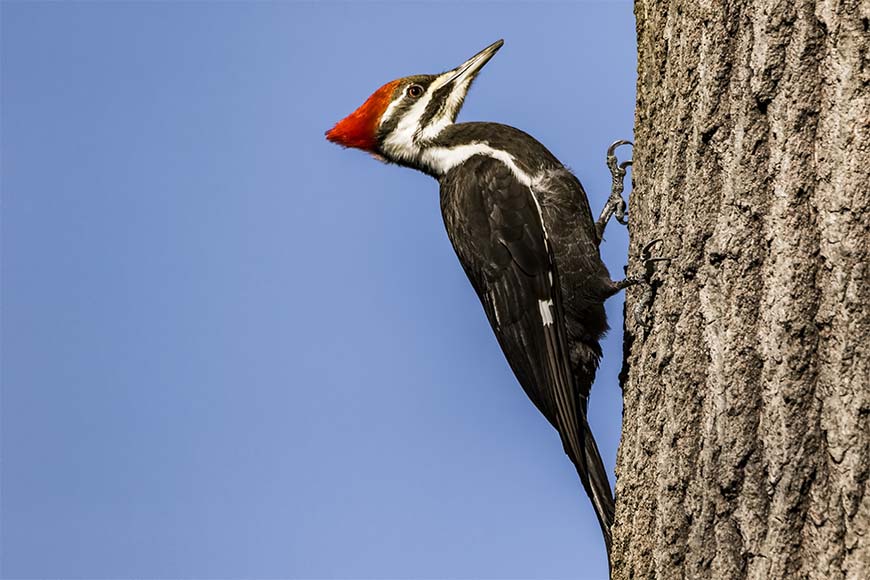When it comes to supporting your backyard ecosystem, one of the best things you can do is keep your birds fed and hydrated as temperatures drop.
Birds benefit most from a helping hand from humans during winter when they need the most energy to survive. Birds migrate to their winter locales and lack natural food sources in winter, making it a dire decision to feed or not to feed.
You can think of feeding your feathered friends as a way of supplementing their diets due to a loss of habitat and fewer bird-friendly shrubs. So, feed away!
So how can you make the most of your backyard, deck, or front porch for birds? Here are some of the most important aspects of winter bird support you need to know:

